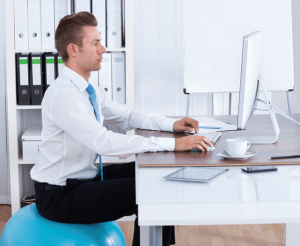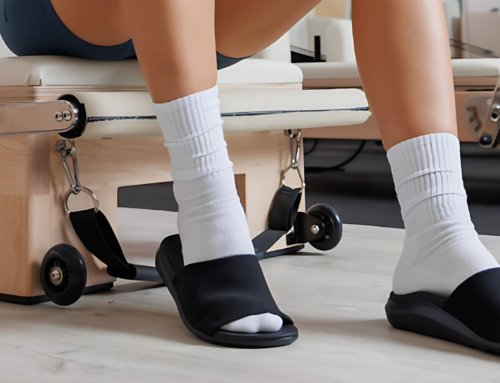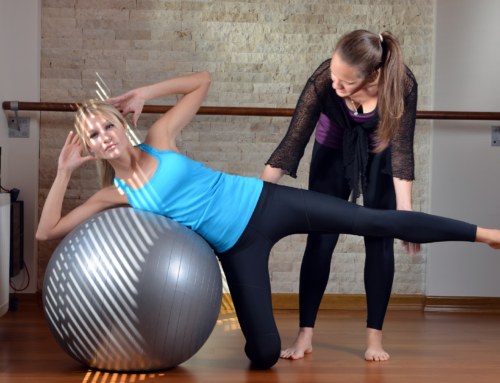Is posture brace what you are looking for to correct your posture?Are you an office worker or student spending most of your time in a sitting posture? Do you suffer from headache, neck or lower back pain?
Here is a guide to change your work station to reduce the strain on your spine!
Following ergonomic principles for posture correction will help you to reduce or remove pain completely without a posture brace! Pain that is located in one of these areas is one of the most common work-related injuries and is often caused by ordinary work activities such as prolonged sitting in an office chair. If symptoms don’t change after applying these principles you will benefit from visiting a physiotherapist.

Tips to improve your posture without a posture brace at work!
1. Resting eye level
Close your eyes while sitting comfortably with your head facing forward. Your gaze should be aimed at the center of your computer screen. If your computer screen is higher or lower than your gaze, you need to either raise or lower it to reduce strain on the upper spine.
2. Armrest
Adjust the armrest of the office chair so that it just support your arms and your shoulders are set back allowing a straight back posture. Use of an armrest on your office chair is important to take some of the strain off your upper spine and shoulders, and it should make you less likely to slouch forward in your chair.
3. Elbow measure
Begin by sitting comfortably as close as possible to your desk so that your upper arms are parallel to your spine. Rest your hands on your work surface (e.g. desktop, computer keyboard). If your elbows are not at a 90-degree angle, adjust your office chair height either up or down.
4. Thigh measure
Check that you can easily slide your fingers under your thigh at the leading edge of the office chair. If it is too tight, you need to prop your feet up with an adjustable footrest. If you are unusually tall and there is more than a finger width between your thigh and the chair, you need to raise the desk or work surface so that you can raise the height of your office chair.
5. Low back support
Your bottom should be pressed against the back of your chair, and there should be a cushion that causes your lower back to arch slightly so that you don’t slump forward or slouch down in the chair as you tire over time. This low back support in the office chair is essential to minimize the load (strain) on your back. Never slump or slouch forward in the office chair, as that places extra stress on the structures in the low back, and in particular, on the lumbar discs.
Remember that pain is not normal especially if does not go away in few days. Make sure you make an appointment with our Physiotherapist to get rid of your pain. According to the Australian Physiotherapy Association, a physio will treat pain and stiffness and show exercises for long term results. Call us now on 07 3800 3417 at Browns Plains.






